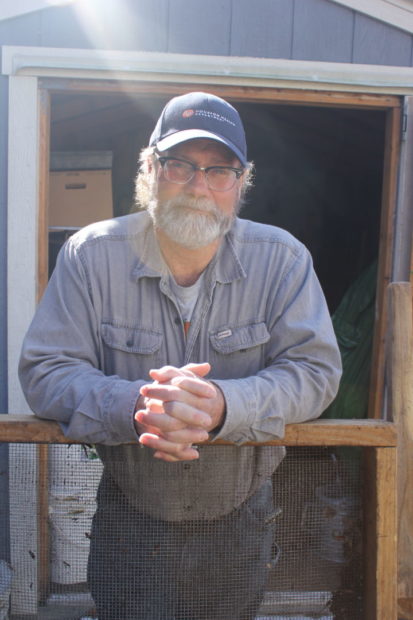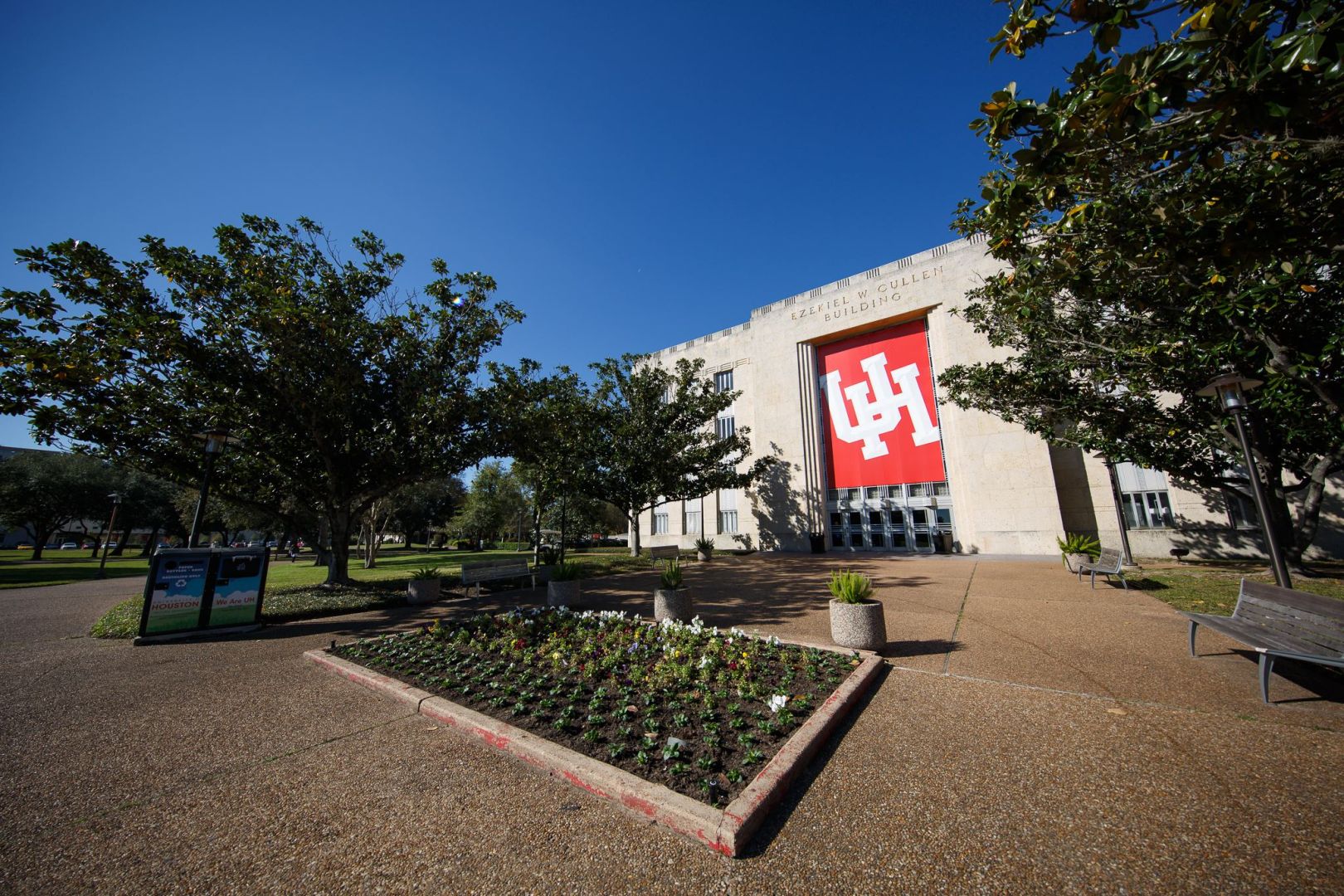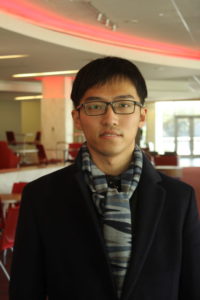

A solar panel powers an emergency call box outside the Gerald D. Hines College of Architecture and Design. Solar energy was decreasing in price, but a new 30 percent tariff on Asian-produced panels might change that. | Dana C. Jones/The Cougar
The Trump Administration imposed a tariff on solar panels imported from China and other parts of southeast Asia on Jan. 22. With some of the solar energy industry worrying, this could influence parts of the U.S. with the most sunlight — southern states. Despite the diversity of Texas’ energy production, the tariff could be a big problem for the state.
A trio of issues — trade conflicts with Asia, a desire to nudge U.S. solar panel manufacturers and the Trump Administration’s affinity for coal, oil and gas — led to the tariff, which should be in effect for four years and decrease by 5 percent each year.
In large part, Houston’s economy is tied to the energy it produces, especially from oil and natural gas. Houston does have slowly increasing solar industry, but it only contributes less than 1 percent of total Texas power generation.

Natural gases have the most production in Texas with crude oil following. | Dana C. Jones/The Cougar
Solar growth
Although solar energy accounts for 1 percent of the energy sector, it has been growing steadily over the past decade.
According to the U.S. Energy Information Administration (EIA), from 2011 to 2012, the total amount of megawatt-hours, or Mwh, produced by solar energy increased nearly 500 percent. The 15,000 Mwh produced in 2012 contains enough energy to power electricity in almost 5 million homes for an hour.
From 2016 to 2017, solar energy grew even more, this time doubling from 94,000 to 193,000 Mwh. This growth still happened in spite of the push for the coal industry in the last election cycle.
The growth of the solar industry has continued even among the continued use — sometimes increased use — of oil, fossil fuels and petroleum.
In 2016, one out of every 50 new jobs served the solar industry. Over the last four years these jobs have increased 20 percent and have tripled since 2010, according to The Solar Foundation’s Solar Job Census.
Among other states like California and Florida, Texas is one of the top five states that have the most solar-related jobs.

Solar energy has had wide margins of growth, going up nearly 500 percent in the first recordable year. | Dana C. Jones/The Cougar
Affects on industry
Energy provider NRG, which boasts a Houston headquarters, also produces solar energy, but the firm declined to comment to The Cougar. A spokesperson said NRG is continuing to analyze the tariff’s impacts on the industry.
“Ironically, the tariffs will hurt the solar industry in the long run,” said Praveen Kumar, a chaired professor of finance at UH. “I say ironically because the justification is that the tariffs will protect the U.S. solar industry.”
With over 90 percent of panels produced abroad, solar panel prices would double, and more than 88,000 solar — or one in three — sector jobs would be lost across the U.S., according to the Solar Energy Industries Association.
In Texas, most of the power comes from natural gas, and after oil production exploded in the early 20th century, that gas became cheap. Without government incentive to create solar-based energy, it already has a hard time to come into the mix, unlike other states, such as California, Kumar said.
The tariff on the solar panels will trickle down into what consumers pay for installation on their homes.
“The cost of this equipment will rise, perhaps forcing many consumers to delay adoption of solar power for their homes,” Kumar said.
MBA candidate Dean Bendele, the president of the student-run Energy Club, thinks otherwise.
“I think the people who are looking into buying solar panels want them and know they are going to be expensive, so they’ll look past that,” Bendele said. Even with the tariff, Bendele thinks nonrenewable energy is key to the U.S. becoming energy independent.
“I think social convention is pushing that along regardless of where anyone wants it to go,” Bendele said.
The tariff won’t affect Houston much, according to Bendele. Solar energy companies will increase prices to maintain profit margins, and hiring won’t freeze as solar continues to expand, Bendele said.
Because solar energy is still new — like all nonrenewables — it will have to work with existing energies that Houston already does well processing and selling.
“Natural gas and renewable supplementing each other to replace coal will lead us to energy independence and reduce carbon emissions,” Bendele said.
features@thedailycougar.com
—
“Solar panel tariffs could impact Houston companies” was originally posted on The Daily Cougar

































